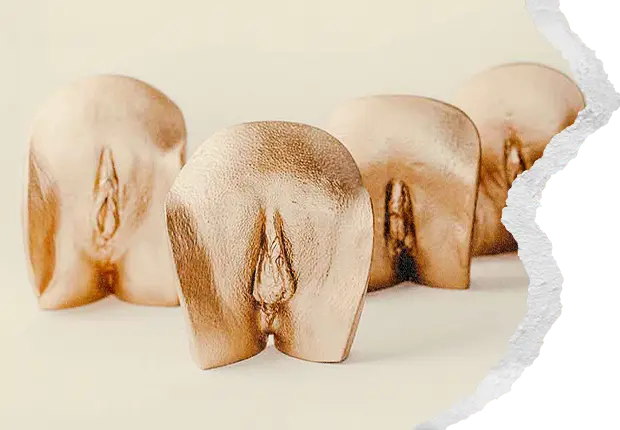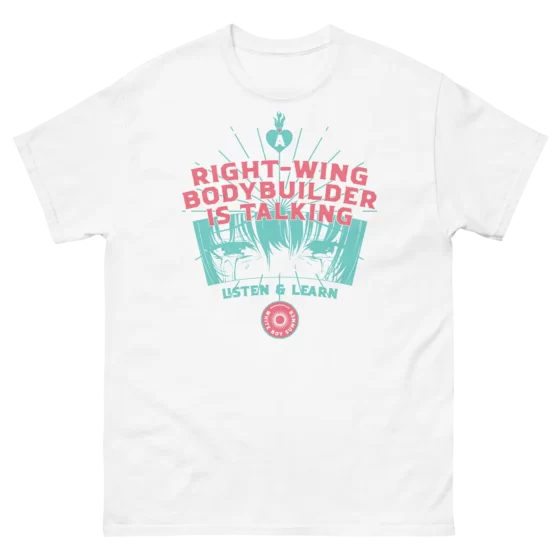The Longhouse Delusion
Strike while the iron is hot. I have no idea where this proverb first originated, but its wisdom is clear enough. We can at least date it to the mid-seventeenth century, when the great Oliver Cromwell made the addendum that sometimes the iron must be made hot by striking it first. Also very wise. In any case, it was with hot iron at the forefront of my brain that I recently began thinking of the book that would succeed my most recent, The Eggs Benedict Option.
As with The Eggs Benedict Option, a potential title came to me before any actual idea for the book’s content. First there was Lift, Laugh, Love. I liked that, mainly because it made me laugh. Then 12 Rules for Strife, which I also liked, also because it made me laugh. I could imagine getting a decent rise out of JBP with that too (“Find another corner of the internet to sully, you evil coward!”).
Both of these books, I supposed, would be based how-tos on sorting your life out, with a mixture of philosophy, history and science, but also eminently practical advice like how to put together a workout routine, how to build a diet and track your calories, and how to reduce your exposure to toxic chemicals like xenoestrogens. Not bad for a few minutes’ toilet thinking, if I may say so myself.
Then I had a title and an idea at the same time: The Longhouse. Now, you’re probably familiar with the term from Bronze Age Mindset, and you probably know what it refers to, more or less: the cloying, claustrophobic communitarian vision of the modern left. The term itself is a reference to the longhouses – great shared barns, basically – in which the early Neolithic farmers of Europe used to live. By using it, BAP wants us to know that the world of Neolithic Europe, before the arrival of the Indo-Europeans like a thunderbolt from the steppe, was actually a world much more similar to our own than you might think. This is more than just a comparison, since it tells us that things have been this way before and they changed – and so they can change again. (So who, then, will be the thunderbolt this time around?)
The longhouse way of life was basically a matriarchal as opposed to patriarchal one, in which women and woman-ish ideals prevailed to the exclusion of men and masculine ones. In this kind of society, it was women who held the whip hand, so to speak. Sex was promiscuous, meaning that monogamy and therefore marriage was unknown. This was a direct function of the fact that matriarchal societies were also free of private property: people and things were all held in common. As a result, men had no real power to command women, and in fact often found themselves on the receiving end of sharp treatment from the other sex, especially if they didn’t pull their weight or pass muster. In a very real sense, the longhouse itself was a physical manifestation of this “egalitarian” life in which all was shared: a great open building where an entire clan of people would dwell, without separation and without privacy.
The female-centric nature of longhouse life was of course reflected in spiritual life too. Just as the average Neolithic man was crushed by his domesticated existence, so too was his mind smothered by the enormous rear-end of the Neolithic answer to today’s twerking BBW, the “mother goddess” represented by the various ancient Venus figures found at places like Willendorf and Çatalhöyük.
What too few people know is that this matriarchal ideal is actually the explicit foundation of the dominant leftist, i.e. Marxist, view of history. The longhouse ideal isn’t just an unfavourable comparison that BAP has decided to make: it’s actually central to the way that Marxists, from the very beginning (and by that I mean, Marx and Engels themselves), have seen the nature and development of human societies. The importance of this observation alone should be clear enough, I hope. But what’s also important to know is that the matriarchal ideal is an illusion, a projection of bad scholarship and wishful thinking. And this is precisely what the book The Longhouse would set out to demonstrate.
Marx and Engels were both avid readers of early anthropology. Although this work was central to Marx’s conception of historical materialism, it fell to Engels, after Marx’s death, to incorporate it explicitly into the Marxist framework. This he did with The Origin of the Family, Private Property and the State (1884). The book traces the emergence of class society out of a so-called primitive matriarchy, exactly like the one outlined above.
On Engels’ reading of history, the emergence of class society was not just the overthrow of the egalitarian ideal, but also the beginning of the overthrow and ruin of women as a sex. Class society is, by its nature, patriarchal, since it depends on the man’s control over the reproductive function of the woman. This is where monogamy and then private property, and later the state, emerge from. Here’s Engels in his own words:
“The overthrow of mother right [i.e. matriarchy] was the world-historical defeat of the female sex. The man seized the reins in the house also, the woman was degraded, enthralled, the slave of the man’s lust, a mere instrument for breeding children.”
It’s only with the eventual destruction of class society that women will once again be returned to their full dignity and released from their bondage to men. Communism will, quite literally, be a return to primitive matriarchy, a point that Engels explicitly makes and we should not forget.
Marx and Engels’ main sources for their ideas about the evolution of class society from a primitive matriarchy were the work of Johann Jakob Bachofen, a Swiss jurist who proposed the notion of a matriarchal society based on “Mutterrecht” (“mother-right”) as the second earliest stage in human cultural evolution, and the work of Louis Henry Morgan, an American anthropologist who studied the longhouse-dwelling Iroquois Indians and based many of his own theories about cultural evolution in his book Ancient Society on Bachofen’s work.
Even in Marx’s day, these theories were far from universally accepted, and time has been far from kind to them. Now, no serious scholar would argue that the earliest stage of civilisation, or indeed any stage of civilisation, has been matriarchal, even if there obviously are societies where women are treated better (or indeed worse) and wield more (or less) power than they do in modern industrial society. Even the egalitarian aspirations of generations of twentieth-century anthropologists – perhaps the most libtarded and ideologically driven of all academic practitioners – have not been able to produce a convincing example of a truly egalitarian (i.e. “communist”) primitive society, even among hunter-gatherers.
This hasn’t stopped a kind of parallel scholarship from developing among people influenced by the work of Bachofen, Morgan, and Marx and Engels. Among its adherents we can count Carl Jung, Erich Fromm, Robert Graves, Joseph Campbell, Erich Neumann and Marija Gimbutas. Gimbutas, in particular, has been instrumental in prolonging the life of the theory of primitive matriarchy by developing further the theory of a primitive “mother goddess” cult in Neolithic Europe.
Earlier in her academic career, Gimbutas was the originator of the so-called “Kurgan hypothesis”, that the ancient barrows of Bronze Age Europe were evidence of a great invasion of peoples – the Indo-Europeans – from barrow-making cultures on the Pontic-Caspian steppe, a theory that has been stunningly vindicated, in the fundamentals at least, by new genetic studies, despite being the academic equivalent of the Chernobyl elephant’s foot. After moving to California in the 1970s, Gimbutas became involved with radical feminists who were interested in alternative spirituality that could replace the “patriarchal” Abrahamic religions, and soon, as historian Ronald Hutton puts it, her “own work… gradually mutated to serve the beliefs and ideals of this movement.” Now we were shown a primitive matriarchal European society, centred on peaceful creativity and worshipping a single “great goddess”, before the arrival of the violent patriarchal Indo-Europeans from the steppe. In truth, the notion of a pan-European nature goddess cult owes much more to ancient pagan (i.e. classical) and then medieval notions of a deity known as “mother nature” or “mother earth” than it does to an actually existing religion at the dawn of European history.
The TL;DR of all this is that what we know and feel intuitively – that leftism is a monstrous falsification of the human spirit and history – is true. The leftist egalitarian vision of a world free from hierarchy is rooted in fantasy and inversion, plain and simple. On the intellectual plane, we already know this from Nietzsche and The Genealogy of Morals, and an examination of primitive matriarchy and longhouse values – the root of the Marxist theory of historical materialism – only confirms this further.
The question is, though, whether simply exposing this is enough. Where does it get us? After all, leftism has succeeded spectacularly despite being based in an obvious lie. Leftism hasn’t needed to be true to be successful, because it appeals not to any rational faculty, but to a particular manifestation of the will to power; as BAP puts it, to “a titanic hatred of the well-turned-out and beautiful”. Marxism, and leftism more generally, will persist eternally in error, but that doesn’t mean it won’t be victorious.
So we need to do much more than just expose our opponents for what they are. New genealogies alone will not save us – but I still might write that book.
































